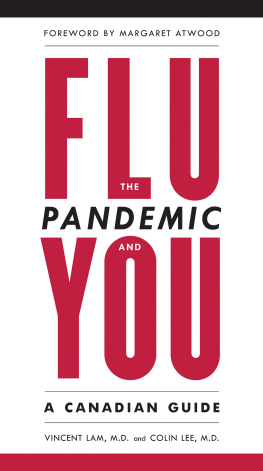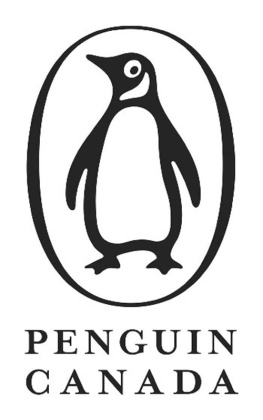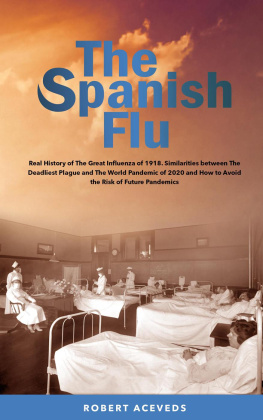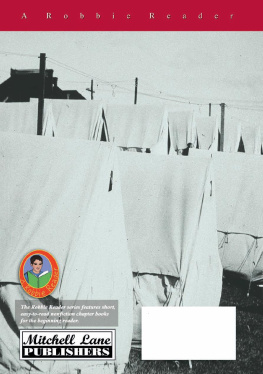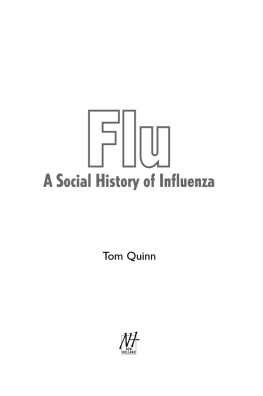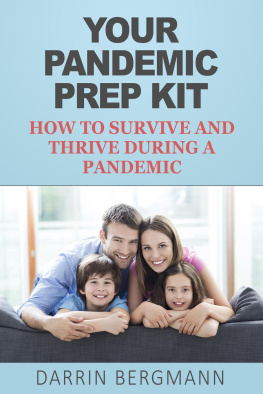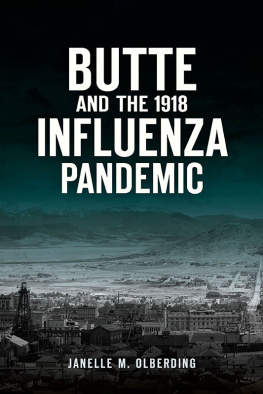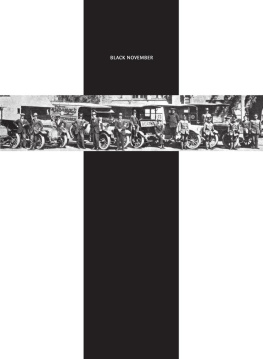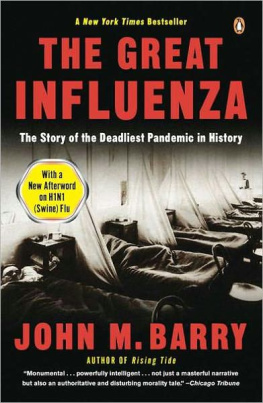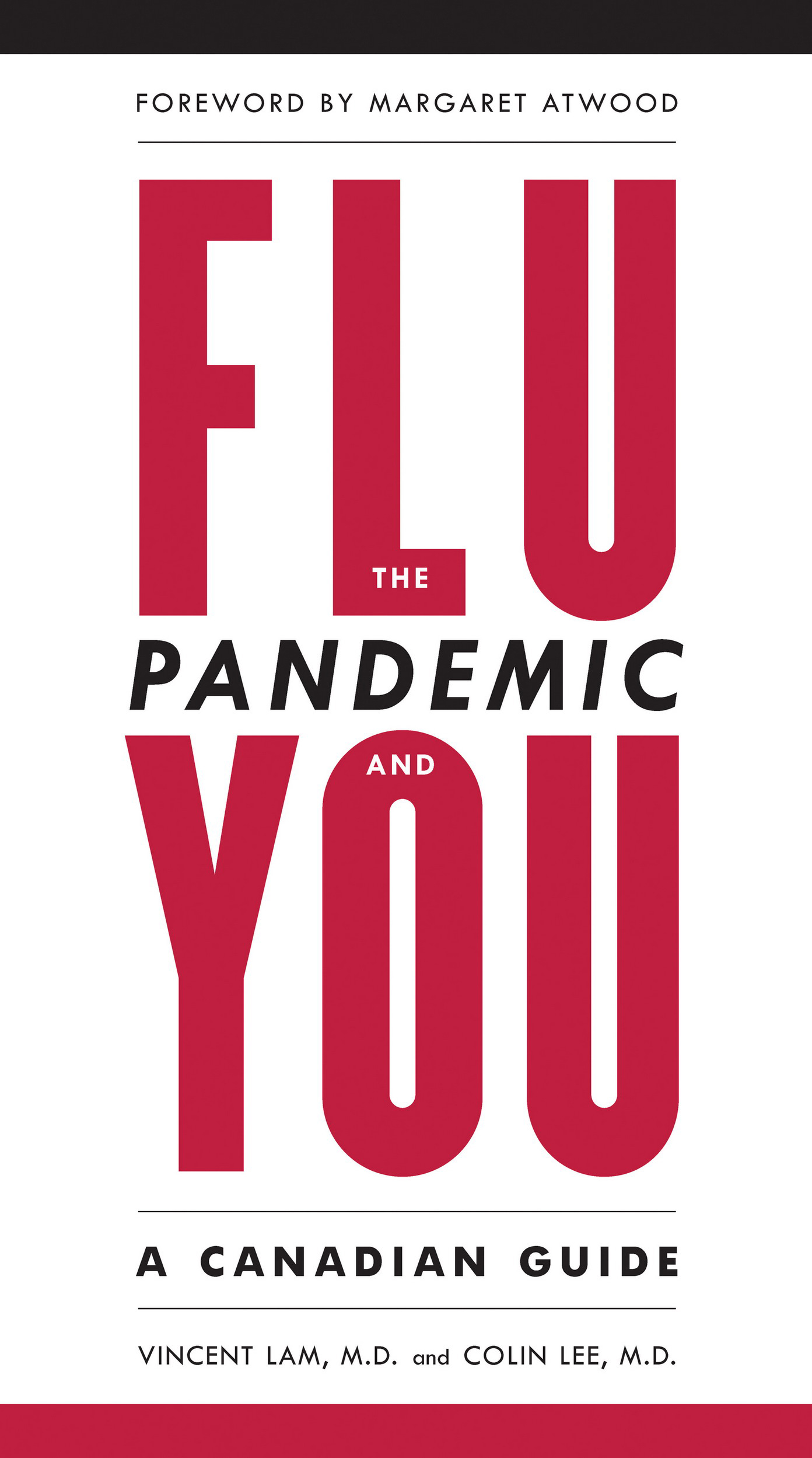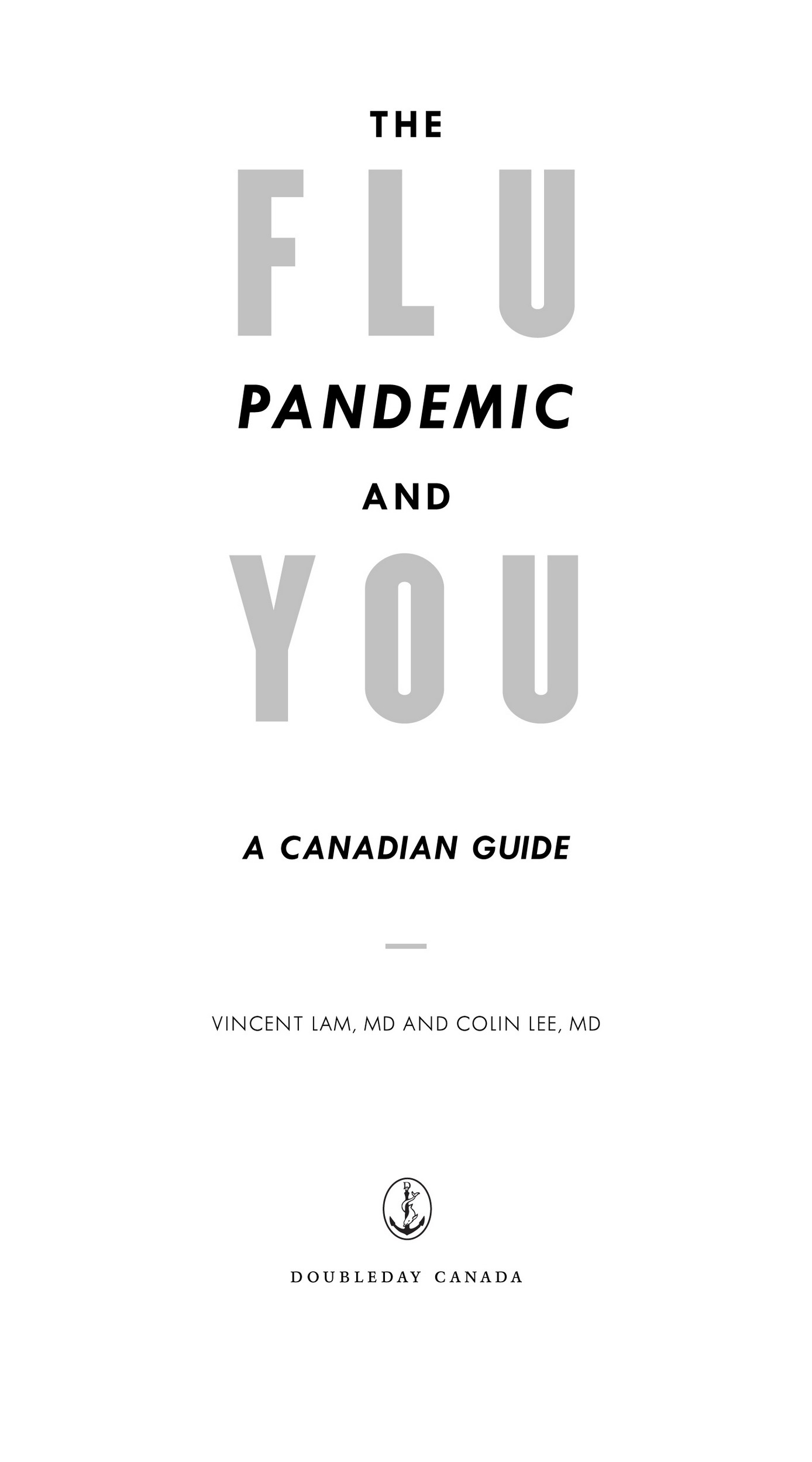Contents
Landmarks
Print Page List
The information in this book is intended to help readers understand scientific issues and make informed decisions about their health. It is not intended as a substitute for treatment by or the advice of a professional health care provider. The authors and publisher have endeavoured to ensure that the information presented is accurate and up to date. However, they are not responsible for any adverse consequences that may arise from decisions made or actions taken by any persons who read this book. The views and opinions expressed by the authors in this book do not necessarily represent those of the publisher or of the organizations that the authors work for or are affiliated with.
COPYRIGHT 2006 VINCENT LAM AND COLIN LEE
FOREWORD 2006 MARGARET ATWOOD
All rights reserved. The use of any part of this publication, reproduced, transmitted in any form or by any means electronic, mechanical, photocopying, recording or otherwise, or stored in a retrieval system without the prior written consent of the publisheror, in the case of photocopying or other reprographic copying, a license from the Canadian Copyright Licensing Agencyis an infringement of the copyright law.
Doubleday Canada and colophon are registered trademarks.
LIBRARY AND ARCHIVES CANADA CATALOGUING IN PUBLICATION
Lam, Vincent
The flu pandemic and you : a Canadian guide / Vincent Lam, Colin Lee.
Includes bibliographical references.
ISBN9780385662772
Ebook ISBN9780307373199
1. InfluenzaPopular works. 2. EpidemicsPopular works.
3. InfluenzaPrevention. I. Lee, Colin (Colin Q.-T.) II. Title.
rc150.l34 2006614.518c2006-902206-2
Published in Canada by
Doubleday Canada, a division of
Penguin Random House Canada Limited
www.penguinrandomhouse.ca
v5.4
a
This book is dedicated to all those around the world who work on the front lines of infectious disease.
CONTENTS
FOREWORD
In the spring of 2003 I was launching a book. It was a novel called Oryx and Crake, set in a not-so-distant future in which a great many people have been killed by a swiftly spreading virus to which no one has immunity. Right at that time, the SARS outbreak took place, inamong other locationsToronto, the city where I live.
My launch event in Toronto was cancelled, and elsewhere in the country people were alarmed when I coughed. Not only that, they were looking at me funny because of the epidemic described in my book. The events in Oryx and Crake were not duplicated in Torontothanks to long hours by Toronto health care workersbut nevertheless the fallout even from such a small outbreak of an unknown and highly contagious disease was frightening. Empty Toronto streets, empty hotels and restaurants, dead patients and health care workers, large financial lossesit was a hint of what might happen if something really huge got out of the cage.
If the human past is a key to the future, sooner or later something really huge will get out of the cage again. The Black Death changed history; the devastating flu of 191819 is recent enough to be a part of living memory. My own mother and the other six members of her family all caught itpossibly from my grandfather, who was a family doctor in rural Nova Scotia and treated many sufferersthough all survived. There are a lot of us on the planet, and were in contact with other human beings much of the time. There are a great many other life forms, and each one of them harbours diseases. Viruses are like interplanetary travellers; life forms are their planets. At some moments the aliens invade, and we have no protection against them because we didnt see them coming.
The Flu Pandemic is about that momentand about any pandemic moment. Its a calm, practical, and very thorough guide for surviving the alien invasion. Panic is our enemy, knowledge is our friend, preparation in advance is our best line of defence. This book even has food lists!
I know Dr. Vincent Lam and Dr. Colin Lee. Ive travelled with both in the Arctic, where they were the doctors on Adventure Canada and Peregrine Adventures trips on which I was a resource person, so Ive seen them in action during some fairly odd medical emergencies in remote locations. They dont fluster easily, and, young as they areat least to my eyestheyve seen a lot of gruesomeness. Dr. Lam is not only an emergency doctor and a talented writer of fiction but a front-line SARS survivor. Dr. Lees expertise in both public health and emergency medicine makes him uniquely suited for his role in pandemic influenza planning in Ontario.
They both know their stuff, and its stuff you should know too. If you put it into practice, the life you save may be your own.
Margaret Atwood, Toronto, 2006
CHAPTER 1
INTRODUCTION
In the spring of 2003, we were working as emergency physicians in a busy Toronto hospital during the SARS outbreak. Severe Acute Respiratory Syndrome was a new, life-threatening infection that appeared first in China in November 2002 and soon travelled to all continents except Antarctica. The world watched as the outbreak gained strength and momentum, infecting 8,442 persons in 32 countries and eventually causing 916 deaths.
Within days of the first cases of SARS arriving in Toronto in February 2003, our vibrant, cosmopolitan city was turned upside down. Hospitals, the places people usually turn to when seeking relief from their ailments, suddenly became places that many people dearly wished to avoid. Some people who demonstrated signs and symptoms of SARS arrived in hospital desperate for help, only to discover that they probably had nothing more than a cold. In other cases, people who did have SARS but who were terrified of the events happening around them tried to avoid any kind of health care. Media reports alternately frightened and reassured people.
Toronto doctors, nurses, and other health care workers became ill along with members of the public, and some succumbed to SARS. Many health care workers in Toronto saw friends suddenly cancel all social plans, and in some cases, family members and loved ones became too frightened to be in the same room as them. Over 23,000 citizens of Toronto were quarantined as the infection spread. Restaurants were empty, Canadians were advised to avoid travel to affected parts of the world, and soon Toronto was placed under an international travel advisory, as each day seemed to bring a new round of infection, and a new chain of spread. Toronto, normally the third-busiest film production city in North America, saw shoots cancelled as actors and film workers refused to travel to our city. Hotels and restaurants were devastated by a lack of business, and people were sometimes seen going about the city in masks, causing those who were not wearing masks to wonder, Are they overreacting? or Should I be buying some masks?
Meanwhile, the doors of the hospitals had come to resemble the security checkpoints of a military facility. Access was controlled, and entry was limited to certain points for patients and others for staff members. At our hospital, the patient entry point was through a large, permanently parked Toronto Transit Commission bus that had been set up as a screening facility. Patients would go in one door, be assessed for their SARS risk, and then go out the other door of the bus into the hospital. At the staff entrance, there was a large and drafty tent through which we filed in a sombre line each morning, had our body temperatures checked, and received our daily supply of personal protective equipment.

